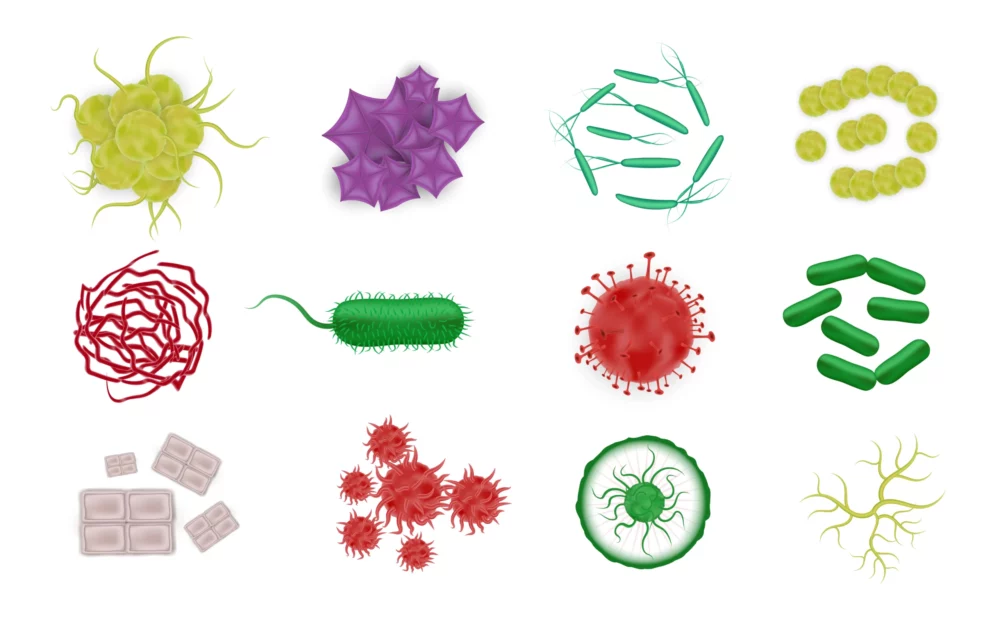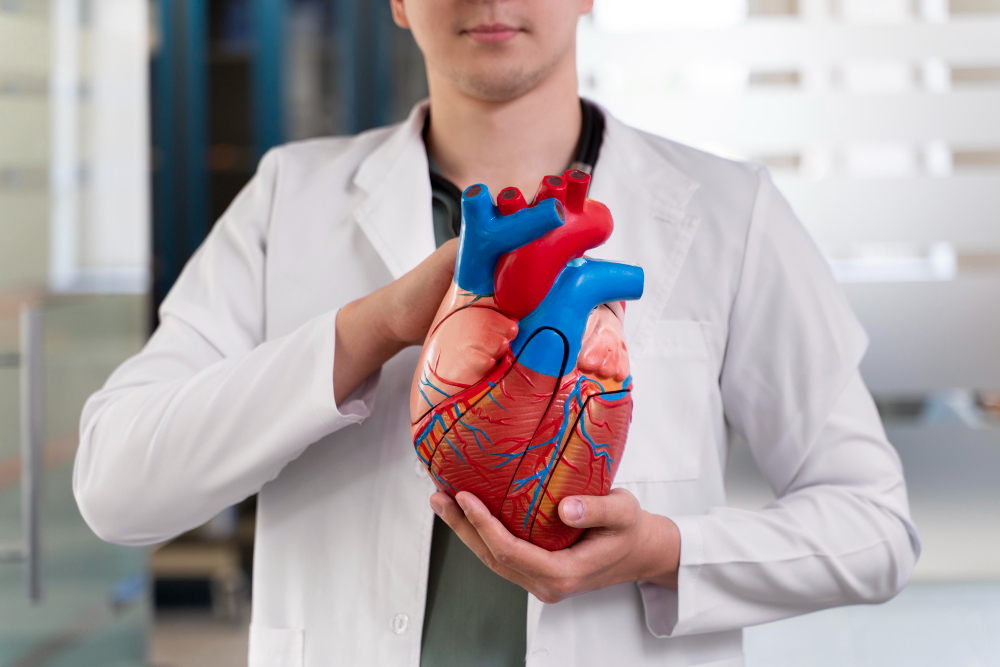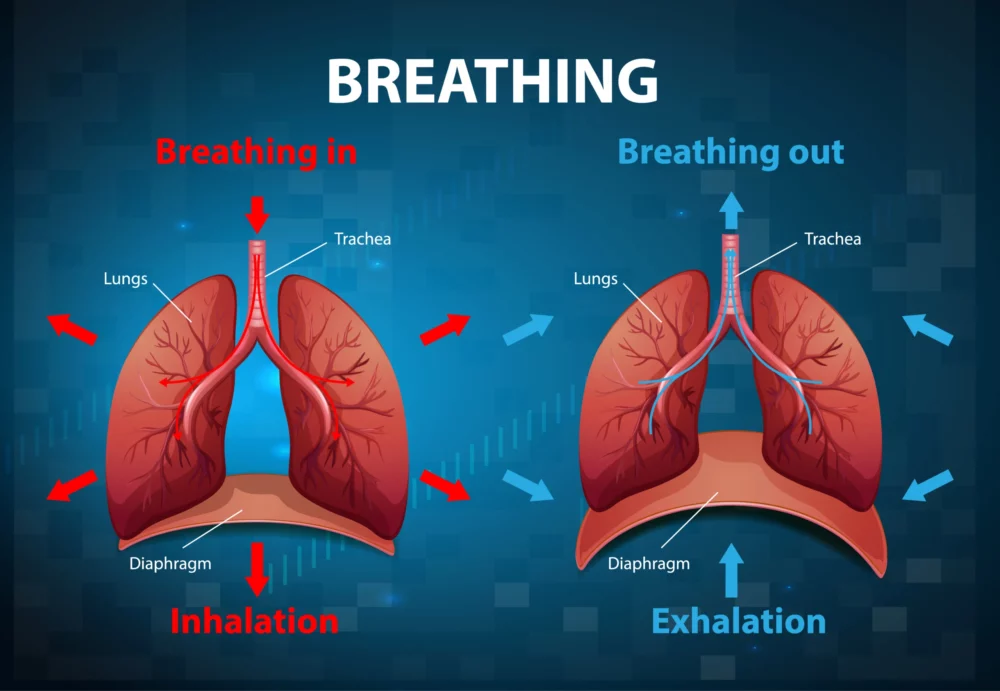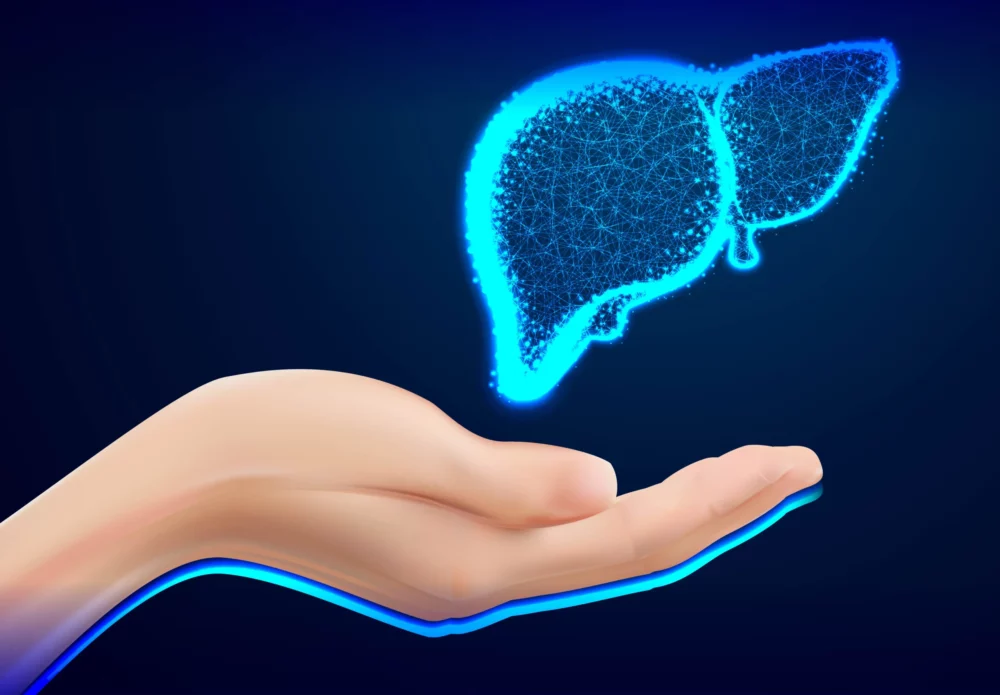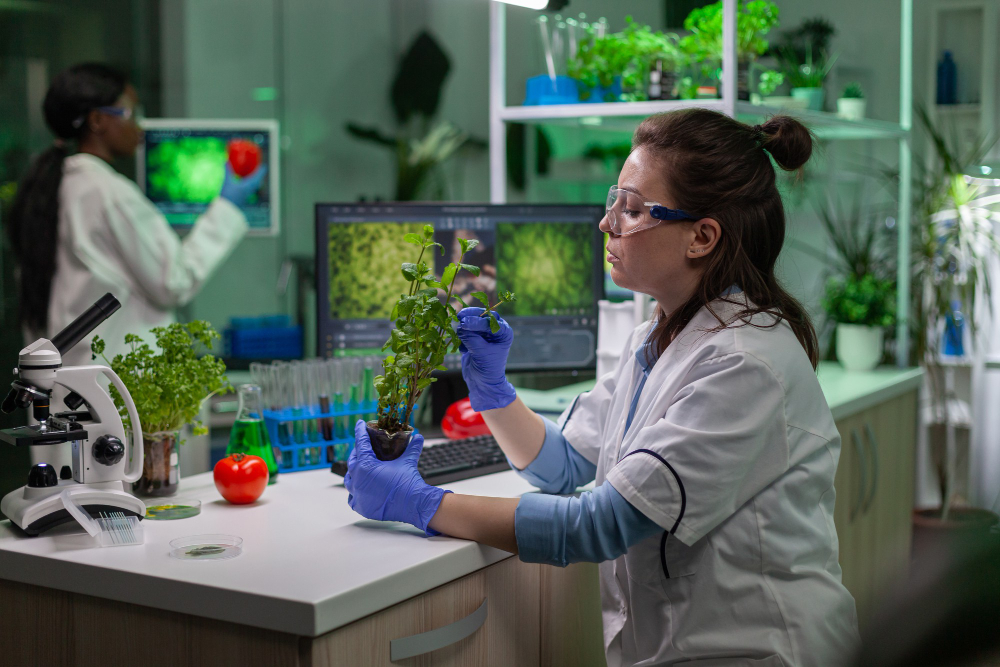Category: Biology

General Q&A part-4
What is oncology? Oncology is the branch of medicine that specializes in the study, diagnosis, treatment, and research of cancer. Cancer is a complex group of diseases characterized by the uncontrolled growth and spread of abnormal cells in the body. Oncologists are medical professionals who are trained to diagnose and treat various types of cancer,…

Unseen Wonders: Exploring the World of Microorganisms
In a world where the most extraordinary sights often dominate our attention, it’s easy to overlook the microscopic wonders that exist all around us. However, these wonders, known as microorganisms, play a vital role in shaping our planet’s ecosystems, human health, and even the global climate. In this blog post, we will embark on a…

Q&A on Cell Structure
Let’s discuss some Q&A on cell structure. Q1: What is the basic structural and functional unit of all living organisms? A1: The basic structural and functional unit of all living organisms is the cell. Q2: What is the main function of the cell membrane? A2: The cell membrane regulates the passage of substances in and…

Ventricular Septal Defect: Oxygenation Challenge in Infants
A Ventricular Septal Defect (VSD) is a congenital heart defect where a hole exists between the right and left ventricles of the heart. This condition presents a significant challenge for infants as it affects the proper oxygenation of their tissues. This explanation will delve into the details of how a VSD leads to an oxygenation…

General Q&A part-3
Why a camel have long loop of Henle? Camels have evolved to survive in harsh desert environments, where water is often scarce and temperatures can be extremely high. One of the adaptations that helps camels conserve water is their long loop of Henle in their kidneys. The loop of Henle is a part of the…

The Respiratory Puzzle: Gaseous Exchange vs. Breathing
Respiration is a fundamental process for all living organisms, ensuring the supply of oxygen and the removal of carbon dioxide, critical for sustaining life. While “breathing” is a term we commonly associate with the respiratory process, it is essential to recognize that respiration is a multifaceted concept, involving both mechanical actions and intricate physiological processes.…

The Liver’s Role in Regulating Blood Glucose Levels
The liver plays a central and multifaceted role in the regulation of glucose in the human body. Glucose, a simple sugar, serves as the primary source of energy for cells, and maintaining its levels within a narrow range is crucial for overall health. The liver accomplishes this through various mechanisms, which we’ll explore in detail…

Exploring the Role of Potted Plants in Scientific Research
Plants have always held a central place in scientific research due to their essential role in the natural world. However, when it comes to studying plant biology, ecology, environmental science, and even aspects of human health, one tool frequently makes an appearance—the potted plant. These humble containers of soil and greenery serve as valuable assets…

Why Humans Can’t Grow Horns?
The claim that human beings are capable of growing horns, particularly during young ages, is a widely circulated but inaccurate belief. This misconception likely stems from a misunderstanding of human biology and the regenerative capabilities of stem cells, as well as a lack of awareness about the specific genetic, developmental, and physiological factors that determine…

General Q&A part-2
This page contains general Q&A questions asked by curious people. What is biochemistry? Biochemistry is a branch of science that combines principles from both biology and chemistry to study the chemical processes and substances that occur within living organisms. It focuses on understanding the molecular mechanisms that underlie various biological functions and processes, including metabolism,…

General Q&A part-1
This page contains general Q&A questions asked by curious people. How many types of Air pollution? Air pollution can be categorized into several types based on the sources of pollutants, the nature of the pollutants, and their effects on the environment and human health. The main types of air pollution include: Particulate Matter (PM): Particulate…

What is a photochemical smog?
Photochemical smog forms when certain pollutants in the atmosphere react with sunlight. It mainly consists of ground-level ozone (O3), mixed with other toxic gases and particulate matter. This type of air pollution typically plagues urban areas, especially in cities with high levels of vehicle and industrial emissions. Here’s how photochemical smog forms: Emissions: It all…


